Making hummus is as easy as blending chickpeas, tahini, olive oil, lemon juice, salt and garlic — at least, it should be that easy.
Despite the simple recipe and ingredients, hummus has almost as much variation as wine with not nearly as many connoisseurs. Added ingredients and ingredient quality can be the difference between a killer, authentic dip and sad Sabra street food.
Whether it’s store-bought or homemade, here’s what you need to keep in mind when searching for the best hummus.
Oil
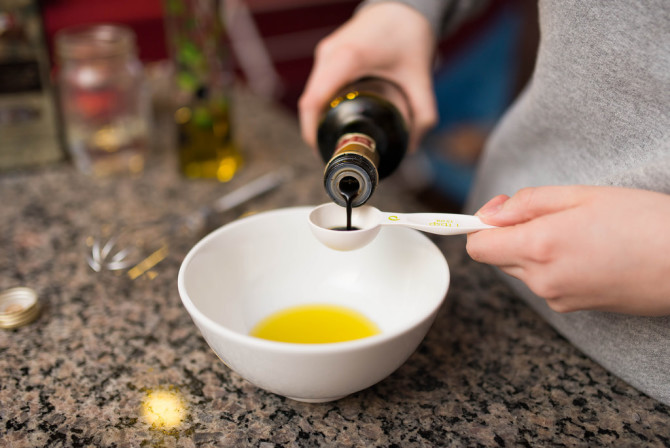
Photo by Bernard Wen
Probably the most important determinant of flavor is the oil. Many manufacturers skimp out and use canola, soybean, or sunflower oils which are cheaper. Not only does this affect the taste, these refined oils also contain higher levels of omega-6 fatty acids which contribute to inflammation. Thanks, but no thanks.
Stick to more robust olive oil and, of course, tahini. You will have a classic, rich flavor with the antioxidant and anti-inflammatory benefits of olive oil.
Canned vs. Dried Chickpeas
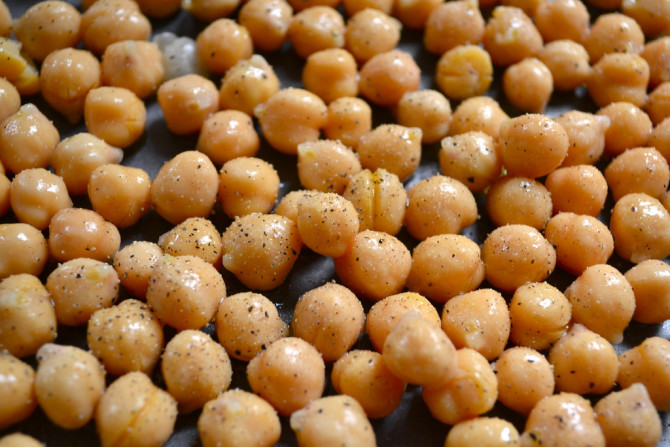
Photo by Kirby Barth
Canned chickpeas can be more convenient, especially when making hummus yourself, but dried chickpeas produce a better texture and are easier to digest. Dried chickpeas need to be soaked overnight, so some planning is required, but your tummy will thank you.
Peeling the skins off the chickpeas — canned or dried and soaked — will also produce a smoother texture in homemade hummus. Most store-bought hummuses already have a very smooth texture.
Unwanted Additives
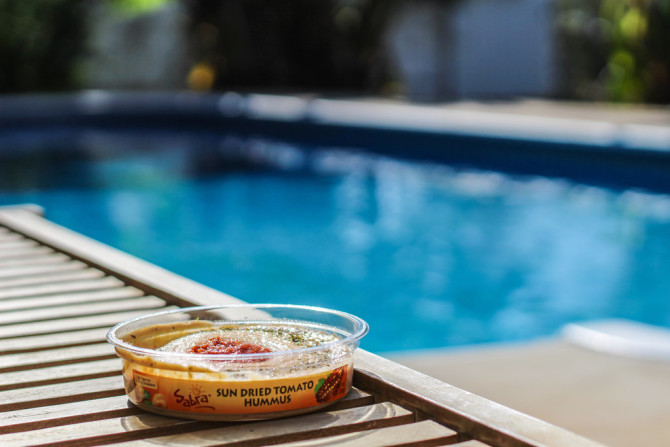
Photo by Sterling Martin
Potassium sorbate, sodium benzoate, potassium benzoate, sorbic acid and phosphoric acid are all legal in the US, but big no-nos. These preservatives have been noted to cause headaches, digestive problems, and possible allergic reactions. They are cheap shortcuts and are by no means necessary to produce quality hummus. Guar gum and citric acid are not ideal ingredients, but can be tolerated if limited options are available. Just say no.
Look out, Sabra is one of the biggest offenders of preservative overdose.
Natural Flavors
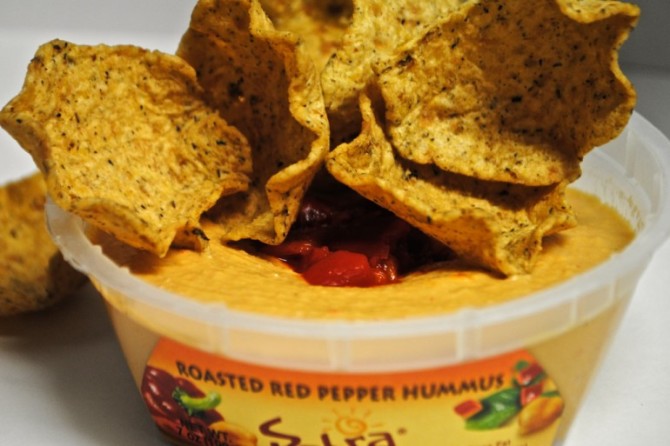
Photo by Bari Blanga
Be careful with this one. That red pepper variety might look amazing, but check to make sure it’s actually made with red pepper, not flakes, pieces, or mysterious “flavorings.” Always go with real food ingredients as far as flavors go.
This is also important for the gluten/soy-free foodies, since many flavorings add gluten or soy.
High Fructose Corn Syrup
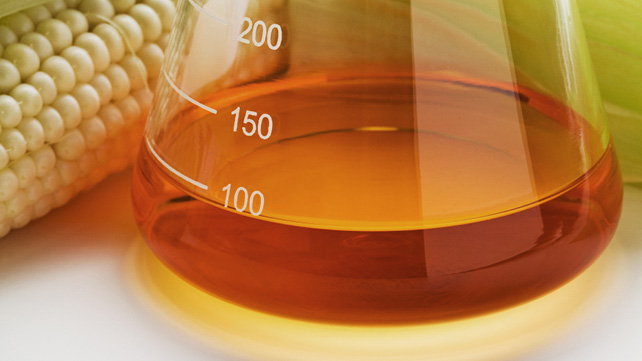
Photo courtesy of healthline.com
Don’t even get me started here. Some hummus producers add high fructose corn syrup to their products (I don’t want to name names but… Athenos). HFC is not necessary and arguably takes away from the flavor. If you see it on the ingredients label, put it down. And for goodness sake, don’t add it to your homemade recipe.
Salt
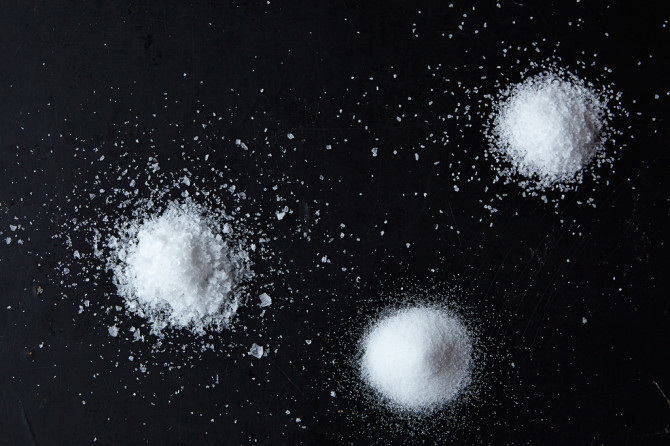
Photo by Bobbi Lin
Sodium is important, but we all know that it’s easy to go overboard. Shoot for 30-50 mg per serving and go for sea salt when you can, especially in homemade hummus recipes. Sea salt contains more minerals and enhances the flavor as well.
Next time you go to pick up hummus at the grocery, scrutinize the ingredients label. If you can’t pronounce it, don’t put it in your body. If you can’t find any that meet these quality standards, it’s probably better to make it at home anyway.


